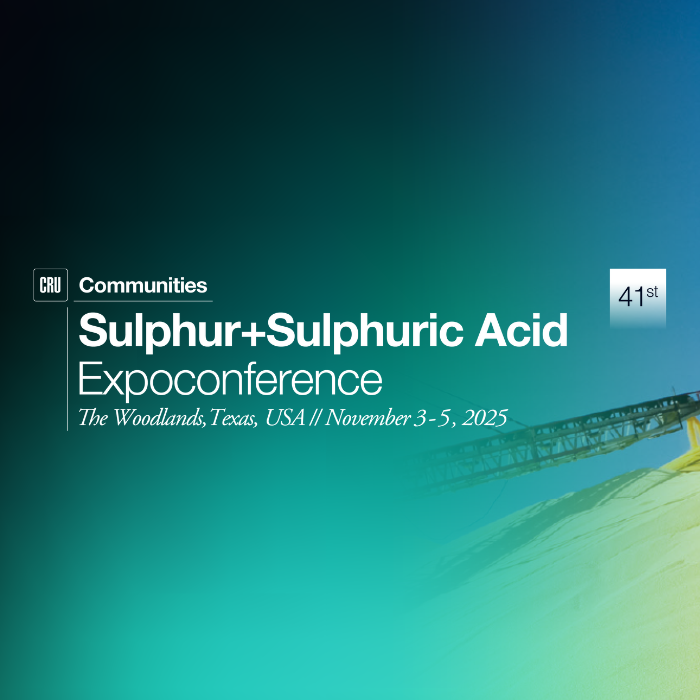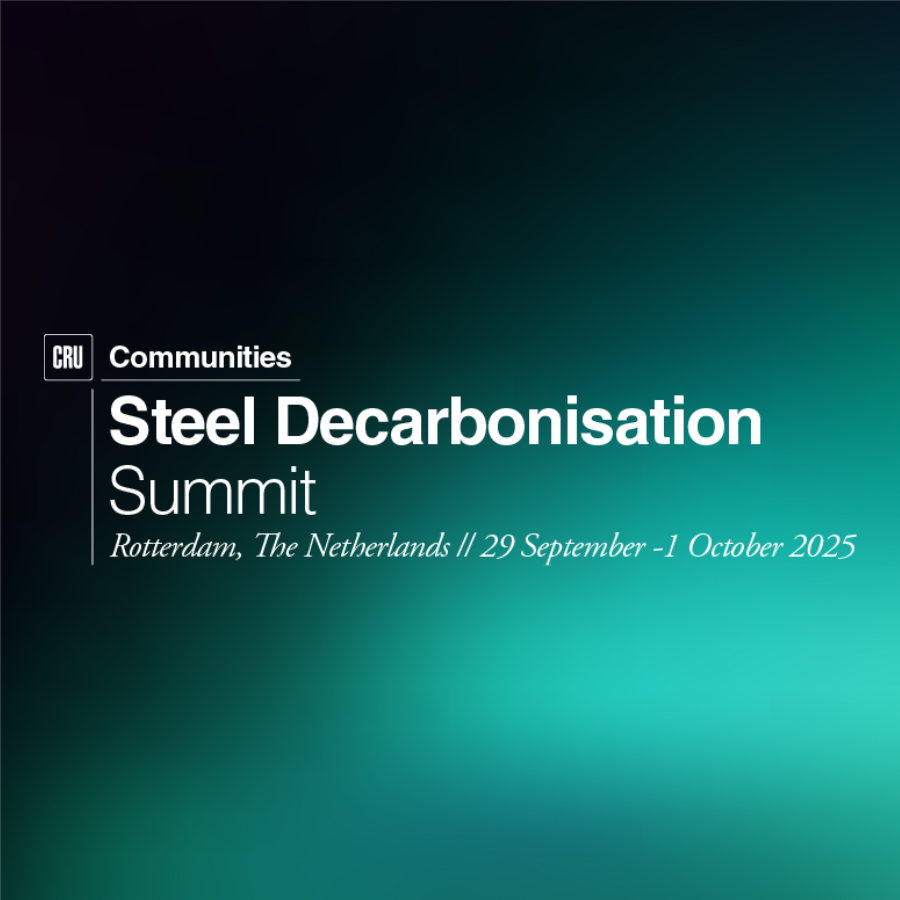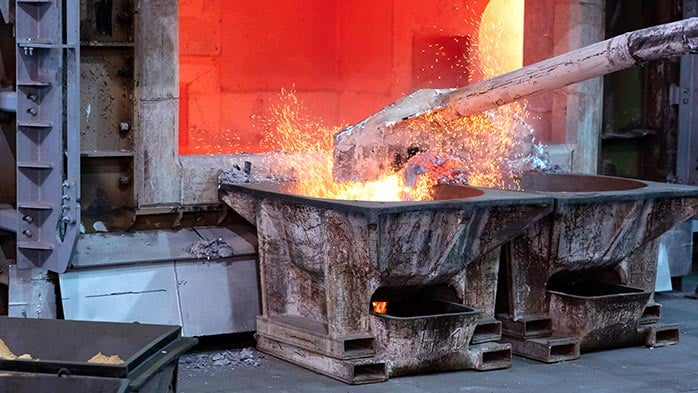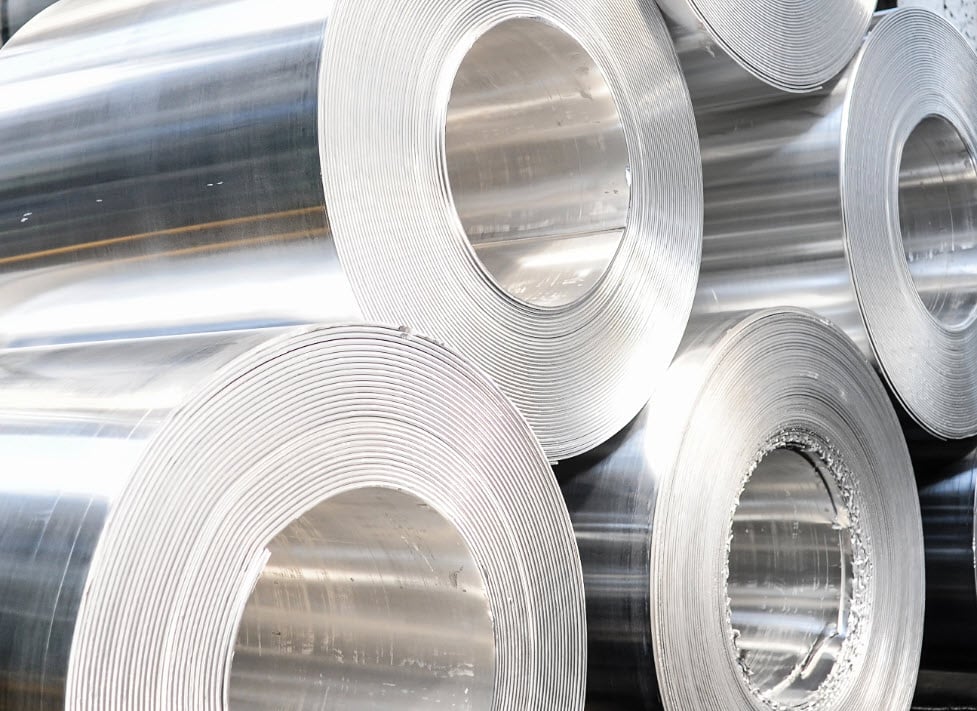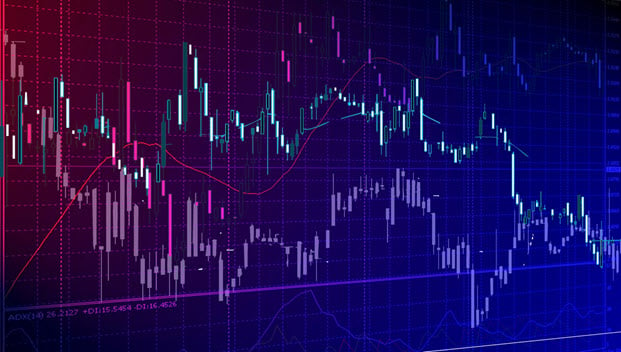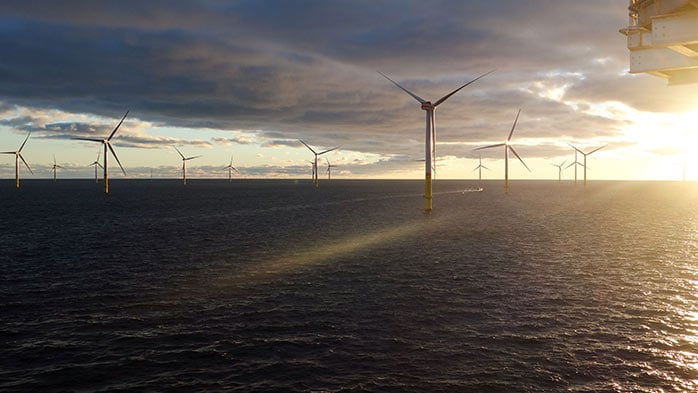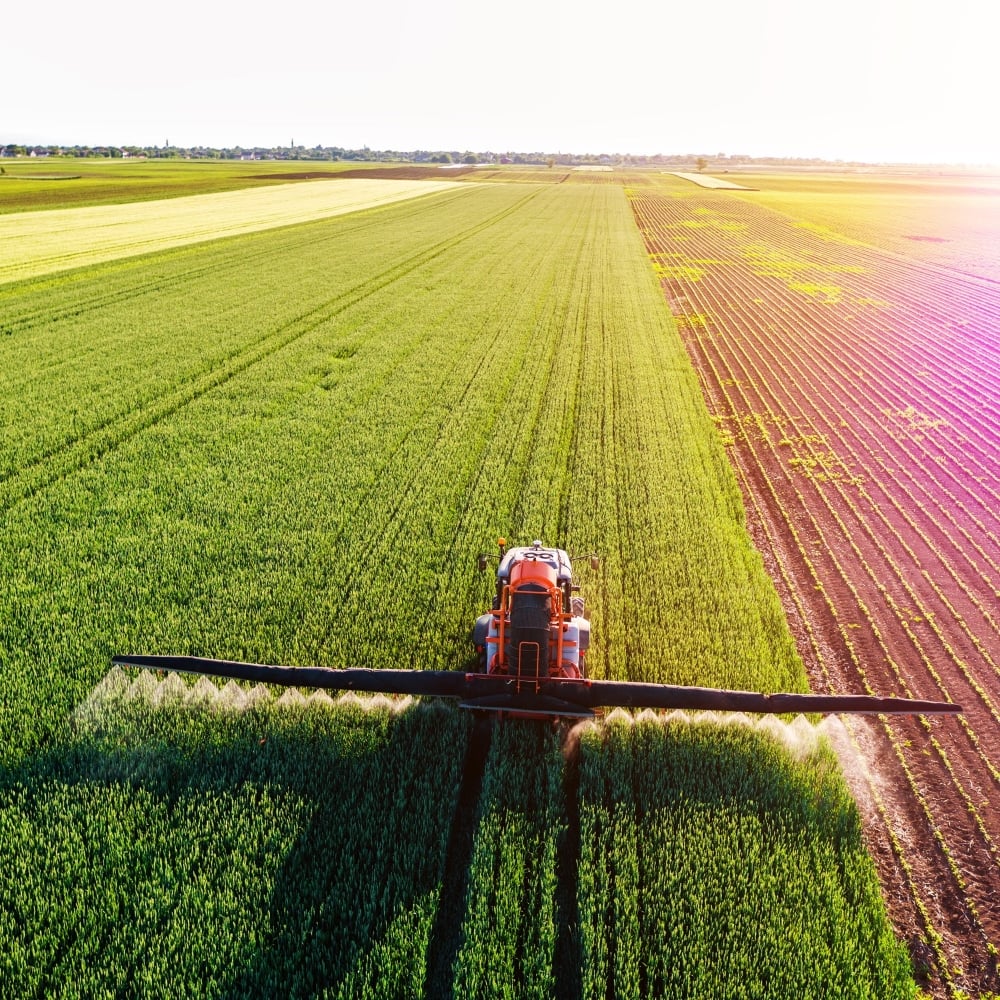Decarbonisation trends in global supply chains: A critical look at emissions and carbon removal
In late 2024, the trajectory of global emissions remains a key concern for industry stakeholders striving to meet sustainability targets. According to CRU’s quarterly updated Commodities Emissions Trends Report, the world continues to be on a path to a 2.5°C–3.0°C temperature rise by 2050, with the current carbon budget to limit the temperature rise to 1.5°C likely to be exhausted by 2030. Even with significant emission reductions starting immediately, achieving net zero by 2050 would still require at least 16 billion tonnes of carbon dioxide removals (CDR) per year.
Key Insights and Data Points
- Current emissions pathways:
- Global emissions are projected to surpass the 2.5°C temperature pathway by 2050. Despite efforts to limit emissions, no commodity sector – including power, steel, light vehicles and cement – will remain within a 2°C limit by 2050.
- This scenario makes the implementation of CDRs essential, as it is expected that by 2050 an average of 30 billion tonnes of CDR annually will be required to limit global warming to the 1.5°C target.
- Sectoral emission adjustments:
The CRU report revises emission forecasts upwards for some sectors, particularly power and light vehicles sectors, reflecting the slower-than-expected adoption of electric vehicles and higher forecast of Southeast Asian emissions from the power sector. Our emissions reduction method shows that the light vehicles sector is currently leading the way in decarbonisation among the four sectors.
- Cement emissions remain a significant challenge, with limited decarbonisation potential and likely requiring Carbon Capture and Storage (CCS) solutions to reduce emissions, albeit with very steep cost increases.
- Carbon Dioxide Removal (CDR):
Given the amount of CO₂ already emitted into the atmosphere, CDR is the only means by which a lower temperature target can be achieved. However, the scaling up of CDR methods faces numerous challenges, such as environmental risks, capital expenditure and high energy consumption. The CRU report highlights that current nature-based solutions, such as afforestation and reforestation, dominate CDR efforts. But even if these can be scaled up – and the reliability of removals enhanced – they cannot provide the whole solution. Technology-based CDRs, such as Direct Air Capture (DAC), will be required to complement these efforts.
2024 and beyond: The need for accelerated action
Looking forward to 2025 and beyond, achieving net zero emissions by 2050 remains contingent on deeper and more urgent emission cuts than currently forecast. The CRU report underscores the necessity of significant investments in clean technologies and carbon removal methods if global supply chains are to align with the ambitious climate targets set forth by international bodies.
Despite the ongoing efforts in sectors like power and light vehicles, the challenge of decarbonising industries such as cement remains substantial. Companies and governments must adopt comprehensive strategies to curb emissions and increase investments in technologies like CCS and alternative fuels.
Why this matters for your business
For industries within the supply chain, these projections hold critical implications for policy compliance, sustainability strategies and future growth. As emissions continue on a trend higher than desired, especially in heavy industries, firms must look for opportunities to mitigate their carbon footprints while embracing technological innovations that will define the future of the low-carbon economy.
CRU’s Sustainability & Emissions Service offers essential tools and insights to help businesses navigate these challenges, equipping them with data-driven solutions that drive both sustainability and profitability.




